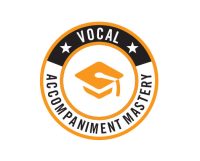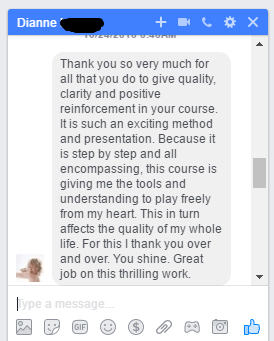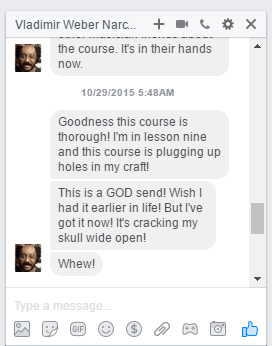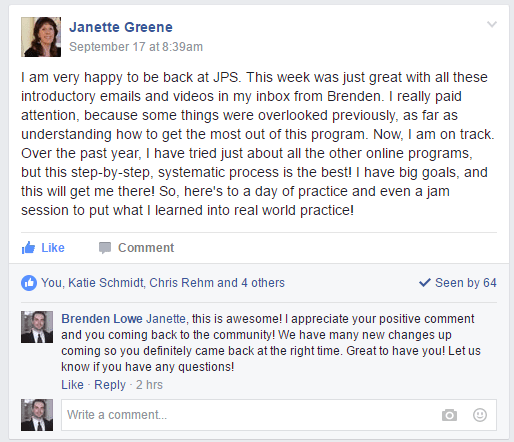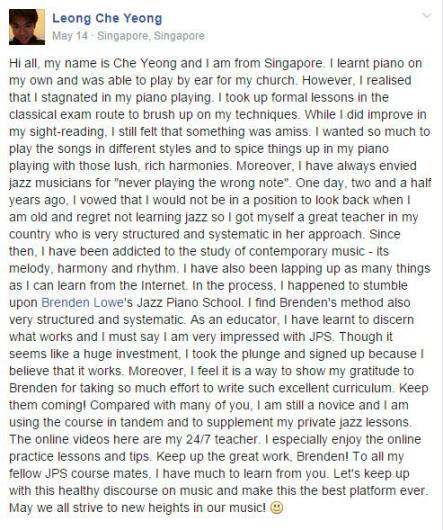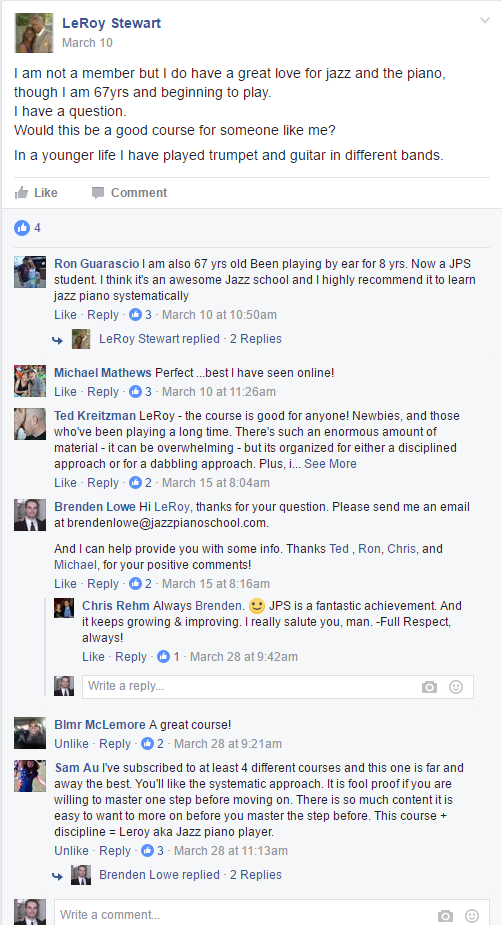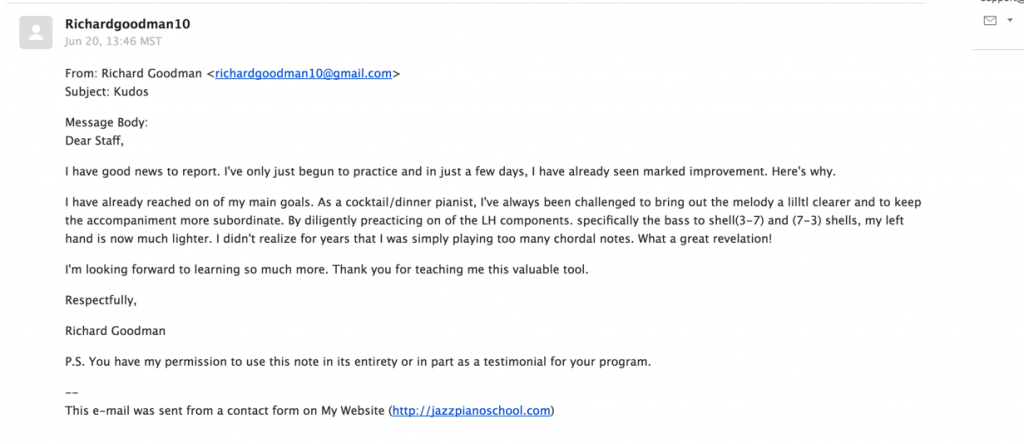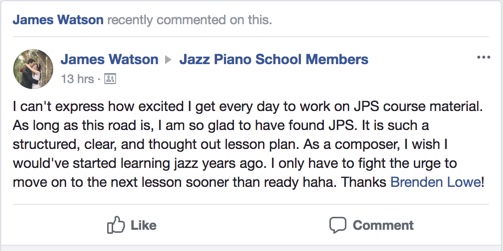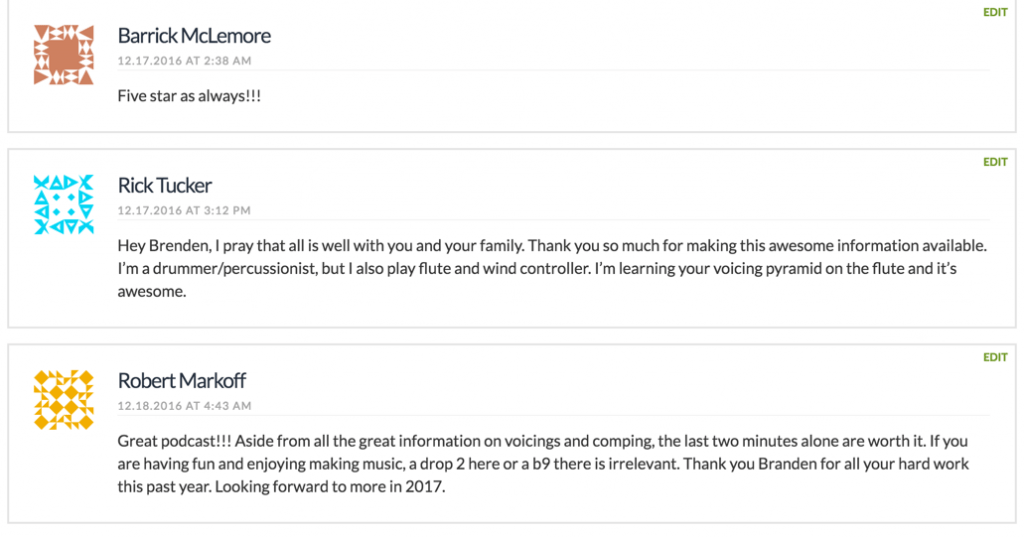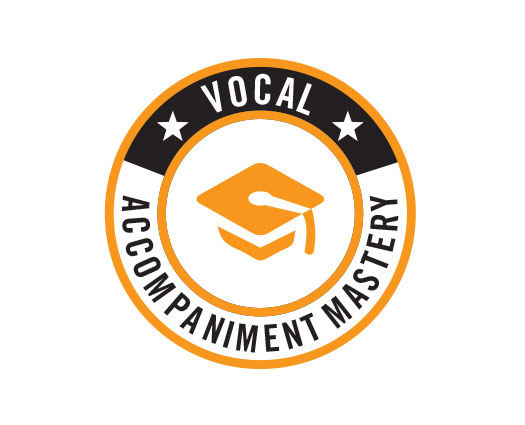Playing with a vocalist can be extremely fun, lucrative and…OVERWHELMING!
I’ve played solo piano before…I’ve played in groups before…but what the heck do I do to accompany a singer?
Panic, fear, doubt, and many other things can take over our minds when we think about accompanying a vocalist.
We’re not playing the melody, yet we have to essentially act like a full band AND stay our of their way at the same time!
So what does this mean?
Well, unfortunately it means, walking bass with our LH constantly while our RH adds small comps here and there…
To me this the same as watching paint dry…
The vocalist might as well be singing to a backup track if this is how we’re going to approach accompaniment!
Walking bass in your LH while adding RH comps simply WON’T cut it.
The fact is…
Vocalists need MUCH more support and engagement from you.
Beginners may think the LH walking bass method is just fine, but the pros know better.
YOU know better!
“Well if I don’t walk bass with my LH what do I do Brenden?”
I asked myself this question for years…and for years I struggled to accompany singers.
Until I started playing for vocalist every single week at a recurring gig.
This finally allowed me to experiment, test, improve, and finally develop a system that allowed me to accompany the vocalists the RIGHT way.
But what is “the right way”?
Specifically…
- How do you ensure you’re SUPPORTING the melody and not interfering and adding your own spices, fills, and soulful expression at the same time.
- How do you add fills, movement, and passing harmonies to the tune while continuing to provide support and not getting in the way?
- How do you INCLUDE the bass notes while not walking bass CONSISTENTLY throughout the entire tune?
- What voicings do you use in what register, and when do you move back and forth between the registers at what spots?
- What types of fills do you use for a super slow tune with lots of space and how do you keep it interesting?
And so many, so many more…
These are the questions every jazz pianist must answer to accompany a vocalist.
More IMPORTANTLY, must be able to PLAY!
So if you’re looking to accompany yourself, or other vocalist, and want to provide solid, engaging, support while filling in the space, not sounding boring, and using contrasting approaches…
…the critical questions asked above must be worked on.
But how do you do it?
Fortunately, that’s exactly what you’re about to learn…

